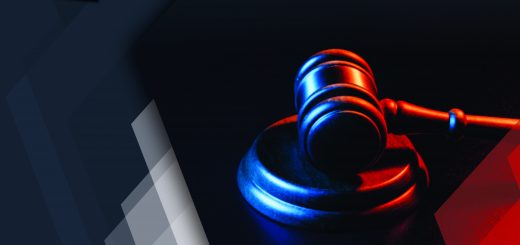Use of Patent Invalidity Search for Initial Defense in Pre-Litigation
The relevance of technology in business has increased manifold over the years. As a result, companies that invent new technologies continually secure patents to protect their innovations. This upsurge in the number of patents has, in turn, led to a rise in patent licensing opportunities, as well as patent infringement lawsuits. Businesses that face infringement lawsuits or intend to avoid these lawsuits usually opt for patent invalidity searches to invalidate a rival’s claims to escape punitive damages. Apart from performing invalidity searches during litigation and infringement scenarios, these searches are also needed in pre-litigation cases.
In this article we will cover how a Fortune 500 giant, that had approached Sagacious IP for patent invalidity searches, was able to invalidate the claims of the plaintiff during pre-litigation.
Table of Contents
The Challenge
Our client was a US-based Fortune 500 company working in the field of computer memories, semiconductor memories, and data storage; including dynamic random-access memory, flash memory, and USB flash drives. They received an informal notice for patent infringement along with a list of patents from another company (the accuser/plaintiff) that wanted the client to seek licenses for the patents listed by them. In this scenario, it was important for the client to respond to the accuser to save themselves from treble damages*. However, the client could not respond on their own as the accuser had not provided any claim charts or information on how the client’s products were infringing on the listed patents. Hence, the client approached Sagacious IP with a custom project wherein they wanted our team to provide an effective solution.
* In treble damages, the court increases the damages in the patent infringement lawsuits up to three times the amount found or assessed. Such damages are present in case of willful infringement.
Solution Offered by Sagacious IP
After understanding the client’s requirements, our team proposed a quick and cost-effective solution wherein the invalidity search strategy and report were tailored to suit the client’s needs. As the accuser had not provided any information on how the client’s products were infringing their patents, we searched for broader aspects of the claims before the priority of the patents to show that the patents do not disclose anything novel.
In simpler terms, our team did not choose the conventional invalidity approach – that typically includes searching for all the claim elements (102 and 103 art), along with a claim element-based mapping report. Instead, we performed quick searches to identify a large number of prior-art references broadly disclosing the novel aspects of the patent’s claim along with a broad/clause-based mapping report. These quick searches helped in saving time and reducing the effort invested in reporting and mapping claims. This approach was very helpful to our client in formulating an initial defense against the accuser because the accuser had not thought about how they were going to prove infringement and why they wanted the client to take a license from them.
The patents in question were related to the field of semiconductor technology. For instance, one of the patents disclosed a semiconductor device having a layered structure and use of multiple-mask exposure process during fabrication of the device. The patent’s claims also included the different layers present in the device. So, in this case, instead of searching narrow aspects of the claim to identify 102 prior arts, we searched broadly for the purpose of the claims, i.e., use of multiple-mask exposure process in the semiconductor device fabrication. During our search, we identified around 25 prior arts including 102 and 103 references. Using analysis, we proved that the use of the multi-mask exposure process in the layered semiconductor device was state-of-the-art, i.e., extensive arts were present related to this domain before the priority of the patent.
The client could use these identified references to inform the accuser that their patents were not strong enough and that they could be easily invalidated based on identified prior arts. Furthermore, such a large number of references could help the client to quickly analyze the identified references to find the killer prior-art (102), in case the accusing company filed a lawsuit against them in the future.
The Impact
The bespoke solution in which Sagacious IP’s team provided a comprehensive report, highlighted all the prior-art references with broad mapping, and helped the client in their initial defense against the accuser. Using the insights and prior-art references, the client was able to successfully respond to multiple intimations and notices from the accuser. Besides providing references, we also helped them in saving costs as our solution was less expensive as compared to conventional invalidation searches. Reach out to us for a bespoke solution.
– Mohit Sharma (ICT Searching) and the Editorial Team




